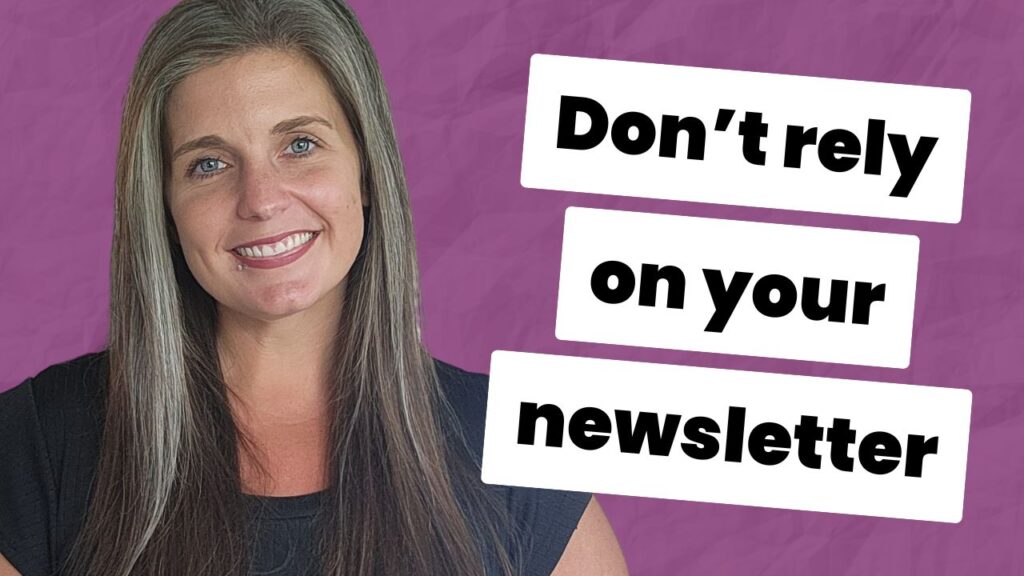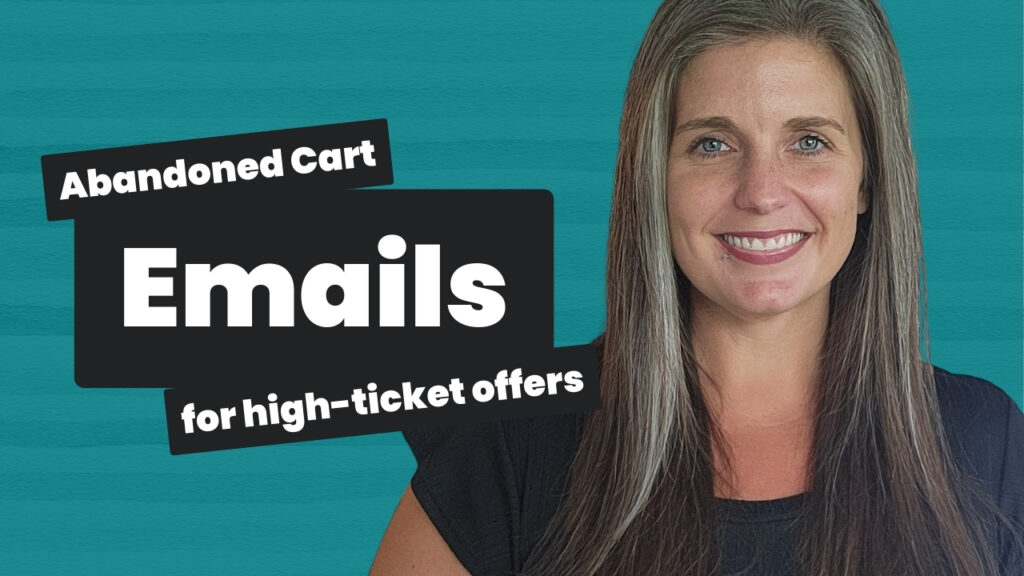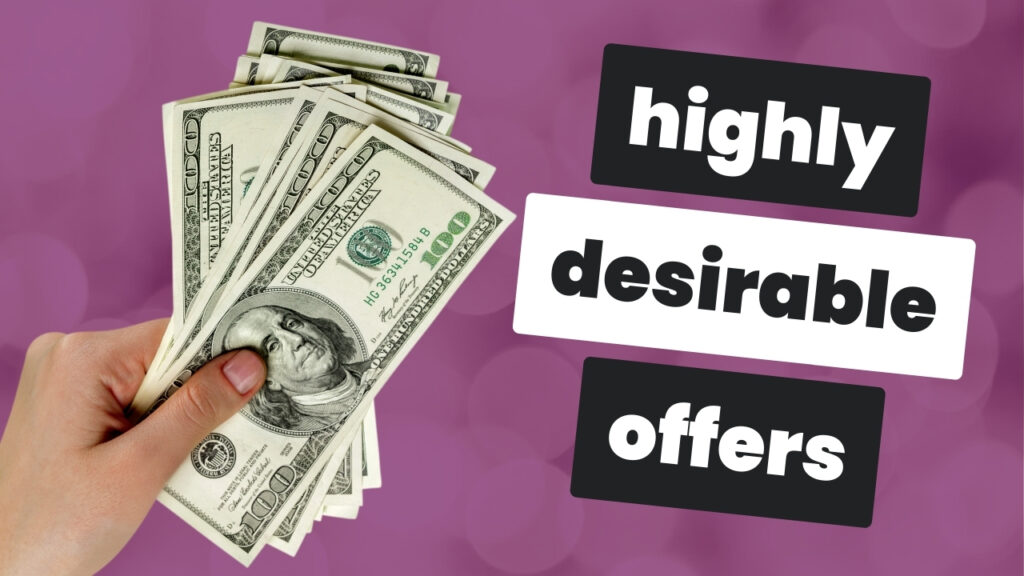Does a higher conversion rate always equal more sales? Nope, not always.
In this video, I share the story of how a lower sales page conversion rate actually brought in MORE sales for a client.
I know, I know. It doesn’t sound logical.
But it will make sense once you watch the video and see what happened.
TRANSCRIPT:
Does a higher conversion rate always equal more sales? No, not always.
Hi, I’m Paige from The Impact Copywriter. And I help founders and marketers boost the conversion rates for their most critical campaigns by focusing specifically on their marketing messages, or as we like to call it, the copy.
Today, I’m sharing a story where a lower conversion rate actually brought in more sales.
You might be thinking, “How is that possible?” So, let’s walk through what happened.
I had written a sales page for a client, and at about the 30-day mark after delivering, I checked in for a progress update. My client told me that right out of the gate, the sales page was converting at 22%, which is amazing. However, they then made some traffic changes and widened the nets to bring in more potential prospects, and the conversion rate for that sales page dropped to 8%.
Now, keep in mind that nothing about the sales page had changed.
What changed was earlier in the funnel. It was the traffic strategy. By widening the nets, my client effectively brought in people who weren’t necessarily a strong fit for the product, which is likely why the conversion rate dropped.
However, I knew enough to ask about the traffic strategy. I said, “Well, how did that change how much traffic you were getting?” They told me that they had increased their traffic by tenfold.
Let’s look at the numbers using simple numbers for illustration.
Let’s say we were originally getting 100 visitors to the sales page, and it was converting at 22%, which means we were converting 22 customers.
In the second scenario, we increased the traffic by 10 times, which means we’re now getting a thousand visitors to the sales page. However, it’s only converting at 8%, which works out to 80 customers.
So, comparing scenario one, where we were converting at 22% and generated 22 customers, to scenario two, where we were converting at 8% with more traffic and converted 80 customers, we almost 4xed the sales in that campaign.
Keep in mind that this doesn’t factor in ad cost. I wasn’t privy to that information. So if you’re doing a similar calculation for yourself, you would want to factor in your ad cost as well because that’s part of the system and the effectiveness of that system.
The reason I’m telling you this is:
You can’t always look at conversion rates as an isolated metric because that conversion rate is part of a bigger system. And as with my client’s experience, one big change earlier in the funnel will likely affect the performance of everything downstream.
Conversion rates are a wonderful metric to use to judge whether the changes you’re making are having a positive or negative impact.
But just remember to look at that conversion rate in the context of everything that’s happening around it.
If you need help running higher-converting campaigns and want a partner who can see the bigger picture, let’s chat. Click here to start a project conversation with me.


